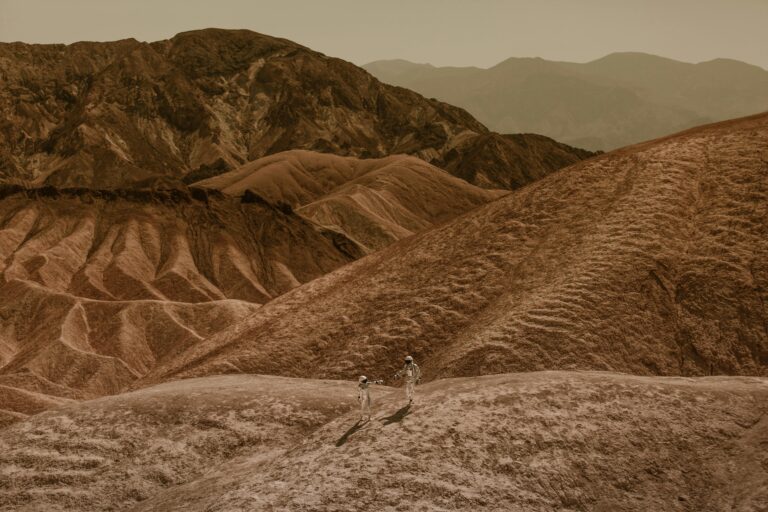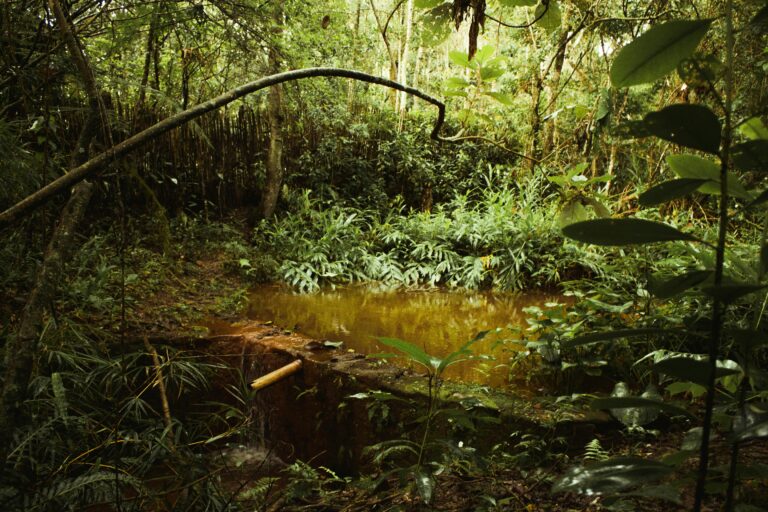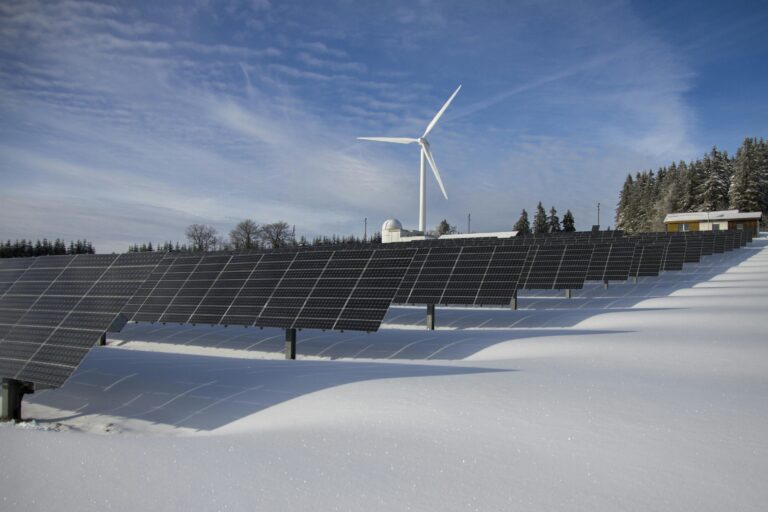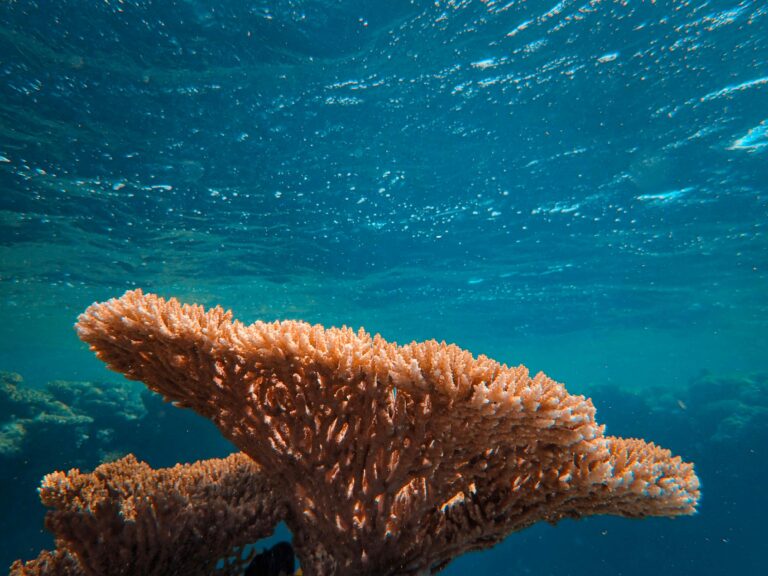
Oas Kulkarni
Mars is probably not the first planet you think of when it comes to water. However, if we rewind the clock to approximately 3 billion years ago, evidence from scientific explorations suggests that its surface was once covered with oceans, rivers, and lakes. Solar winds, continuous streams of electrons and protons from the sun’s outermost layer, slowly chipped away and depleted the Martian atmosphere. With the atmosphere disappearing, water either evaporated into space, merged with the surrounding minerals, or escaped underground and became ice.



